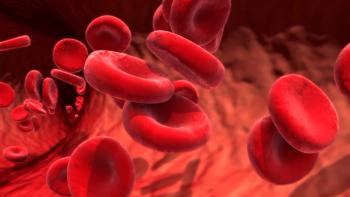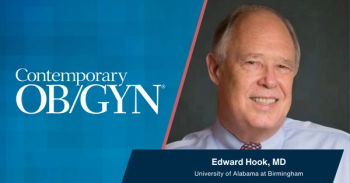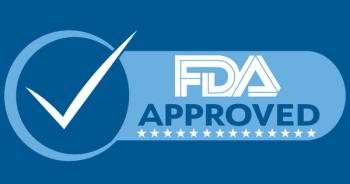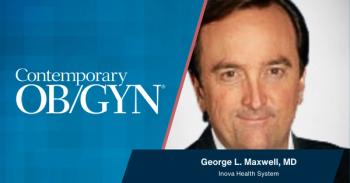
NAMS updates recommendations for vulvovaginal atrophy
Estrogen therapy is still the mainstay of therapy for moderate-to-severe symptoms and long-term studies on endometrial safety of local estrogen and ospemifene are lacking. Those are the key conclusions from an updated position statement on management of symptomatic vulvovaginal atrophy (VVA) in postmenopausal women issued by the North American Menopause Society (NAMS).
Estrogen therapy is still the mainstay of therapy for moderate-to-severe symptoms and long-term studies on endometrial safety of local estrogen and ospemifene are lacking. Those are the key conclusions from an updated position statement on management of symptomatic vulvovaginal atrophy (VVA) in postmenopausal women issued by the North American Menopause Society (NAMS).
The findings are based on a review of the literature to evaluate evidence on local estrogen and other treatments for VVA that NAMS convened to update and expand upon its 2007 position statement. The panel’s conclusions and recommendations, published in
Included in the literature review were over-the-cover and prescription therapies available in the United States and Canada, such as vaginal lubricants and moisturizers, vaginal estrogen, hormone therapy, and the selective estrogen-receptor modulator ospemifene. Choice of therapy for VVA, the panel noted, depends on severity of symptoms, the effectiveness and safety of therapy for a particular patient, and patient preferences.
Although no head-to-head studies of estrogen and ospemifene are available, the position statement indicates that estrogen remains the most effective therapy for moderate to severe symptoms. A progestogen is not indicated for women without a uterus and generally not for women with an intact uterus who receive low-dose local estrogen. The panel noted, however, that data are insufficient to confirm the safety of local estrogen in women with breast cancer and that endometrial safety has not been studied in clinical trials beyond 1 year.
For most women with mild symptoms, according to the NAMS position statement, nonhormonal therapies available over the counter provide sufficient relief. Above all, management of VVA should take into consideration a patient’s needs and clinicians should help educate women about a condition that can have a significant impact on their sexual health and quality of life.
To get weekly advice for today's Ob/Gyn,
Newsletter
Get the latest clinical updates, case studies, and expert commentary in obstetric and gynecologic care. Sign up now to stay informed.










